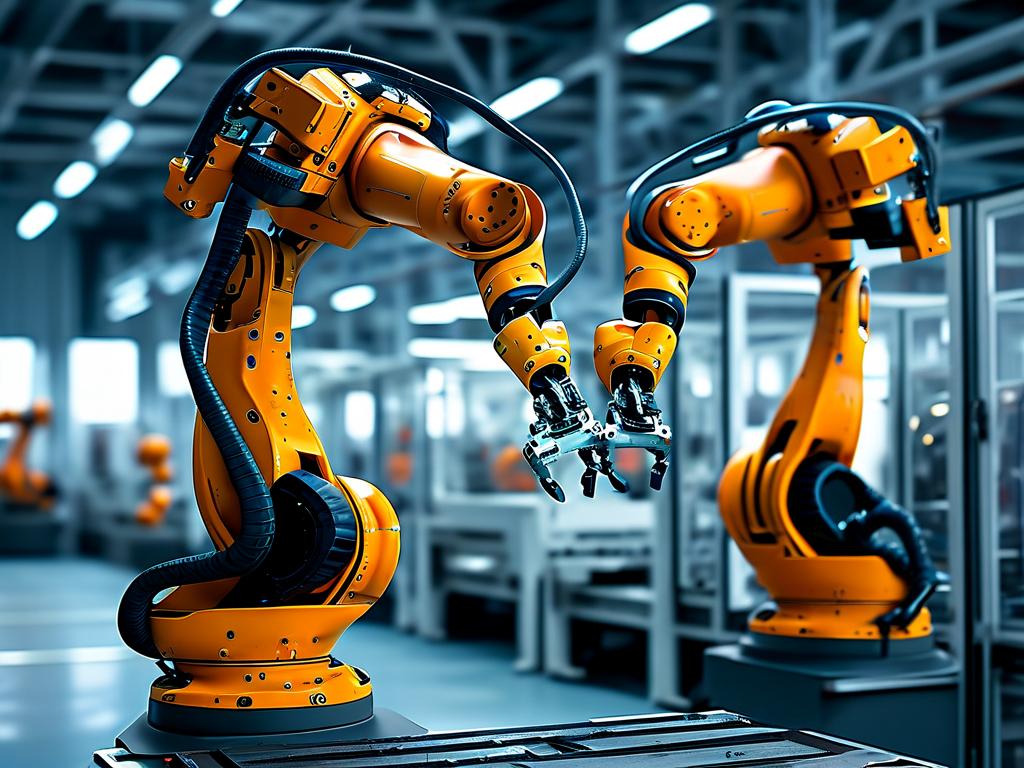The integration of robotic technology into children's rehabilitation programs has emerged as a groundbreaking approach to addressing developmental challenges. Unlike traditional methods, these advanced systems combine precision engineering with child-friendly interfaces, creating tailored solutions that adapt to individual needs. From motor skill development to cognitive training, robotics is reshaping how therapists deliver care while making rehabilitation engaging for young patients.

Precision Meets Playfulness
Modern pediatric rehabilitation robots are designed with dual functionality: clinical effectiveness and emotional appeal. Take the "ExoRoboKiddo" exoskeleton, for instance. This lightweight wearable device uses sensor-based feedback to guide limb movements during physical therapy sessions. What sets it apart is its interactive game interface – children control animated characters on a screen by performing correct arm or leg motions. This gamification element increases compliance rates by 63% compared to conventional exercises, according to a 2023 study published in the Journal of Pediatric Health Technology.
Customized Developmental Pathways
Artificial intelligence algorithms now enable robots to analyze a child's progress in real-time. The "NeuroBot Junior" system, deployed in over 50 clinics worldwide, employs machine learning to adjust therapy difficulty every 7 minutes based on performance metrics. For children with cerebral palsy, this adaptive approach has shown to accelerate motor function improvement by 40% within 12-week programs. Therapists emphasize how these technologies provide granular data – tracking nuances like grip pressure variance or joint angle consistency – that human observation might miss.
Breaking Communication Barriers
Language-delayed children benefit from companion robots like "LinguaBot", which uses facial recognition and natural language processing to facilitate speech therapy. During sessions, the robot displays exaggerated mouth movements while encouraging verbal interaction through story-based scenarios. Early trials demonstrate that children engage 28% longer with robot-assisted sessions than traditional card-based drills. Notably, the non-judgmental nature of robotic partners helps reduce anxiety in socially apprehensive patients.
Ethical Implementation Challenges
While successes abound, the field faces critical questions. The high cost of robotic systems (averaging $120,000 per unit) creates accessibility gaps, with only 15% of rural clinics currently offering such technologies. There's also ongoing debate about maintaining human-centric care – the American Pediatric Therapy Association recently issued guidelines requiring at least 50% of session time to involve direct therapist interaction, even in robot-assisted programs.
Future Horizons
Emerging prototypes hint at tomorrow's possibilities. Researchers at MIT are testing swarm robotics – multiple small robots that collaboratively guide full-body movements. Meanwhile, haptic feedback gloves with pressure-sensitive actuators are helping children with sensory processing disorders gradually acclimate to different textures. As 5G networks expand, telerehabilitation robots may soon enable remote therapy sessions with real-time motion capture accuracy.
The evolution of robotic rehabilitation tools continues to blur the lines between medical treatment and experiential learning. While these technologies will never replace human compassion, they're proving to be invaluable allies in helping children overcome physical and cognitive hurdles. As the field matures, the focus remains on creating hybrid models that leverage robotic precision while preserving the irreplaceable human elements of care and emotional connection.









